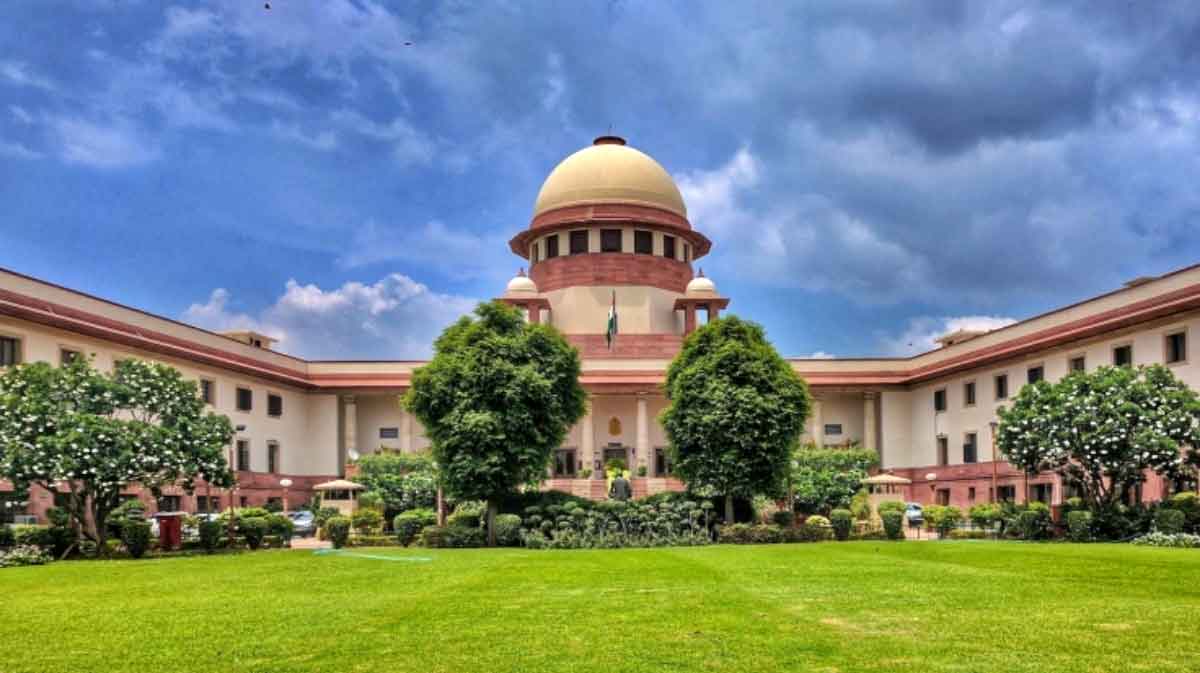In a landmark decision, the Supreme Court ruled that not all privately-owned properties qualify as community resources that the state can take over for the common good. The nine-judge Constitution Bench, led by Chief Justice DY Chandrachud, delivered the judgment with an 8-1 majority on this complex issue. Chief Justice Chandrachud authored the primary judgment on behalf of himself and six other justices, while Justice BV Nagarathna wrote a concurring but separate opinion, and Justice Sudhanshu Dhulia dissented. The bench comprised Chief Justice Chandrachud, Justices Hrishikesh Roy, BV Nagarathna, Sudhanshu Dhulia, JB Pardiwala, Manoj Misra, Rajesh Bindal, SC Sharma, and AG Masih.
Verdict on Article 39(b): Restricting State Power
The nine-judge bench ruled against the concept of states acquiring any and all privately-owned resources solely for public distribution. The Chief Justice, speaking for himself and six other justices, specified that states could only claim private resources when justified and necessary, overturning previous interpretations that broadly applied socialist ideals to permit extensive state control over private property.
This decision overruled a longstanding ruling by Justice Krishna Iyer, which had allowed the state to acquire private property broadly under the Constitution’s Article 39(b), to align resources with the common good. Now, according to the current ruling, states are restricted to limited cases where private property may be taken for redistribution to advance public welfare, balancing the Directive Principles with individual property rights.
Disagreement Within the Bench
While the majority supported Chief Justice Chandrachud’s stance, Justice BV Nagarathna only partially agreed, and Justice Sudhanshu Dhulia dissented entirely, showing a divergence in interpreting the relationship between state policies and individual property rights. This variety of opinions within the bench reflects the complex and often controversial nature of property rights and state intervention in India.
Historical Context: Revisiting the Minerva Mills Case
The ruling revisits and builds upon principles established in the Minerva Mills case of 1980, where the court held that amendments prioritizing Directive Principles over individual rights were unconstitutional. Article 31C, a significant part of the debate, permits the state to legislate under Articles 39(b) and (c), authorizing the takeover of private resources to promote public good. This latest ruling reinforces the need to balance these powers with constitutional protections.
Case Implications: Maharashtra’s MHADA Act
The court’s judgment may impact cases like that of the Property Owners’ Association (POA), challenging the Maharashtra Housing and Area Development Authority (MHADA) Act, which allows acquisition of certain buildings if requested by 70% of occupants. This provision was intended to support community welfare but is now subject to re-evaluation under this latest interpretation of Article 39(b).
This Supreme Court ruling marks a pivotal moment for property rights in India, setting a new standard for state intervention under Article 39(b). By limiting the government’s reach in seizing private property, the judgment establishes a balanced approach to ensuring public welfare while protecting individual ownership. This decision reinforces the Supreme Court’s commitment to upholding constitutional values, signaling that the “common good” cannot automatically override private property rights.
(With inputs from agencies)





